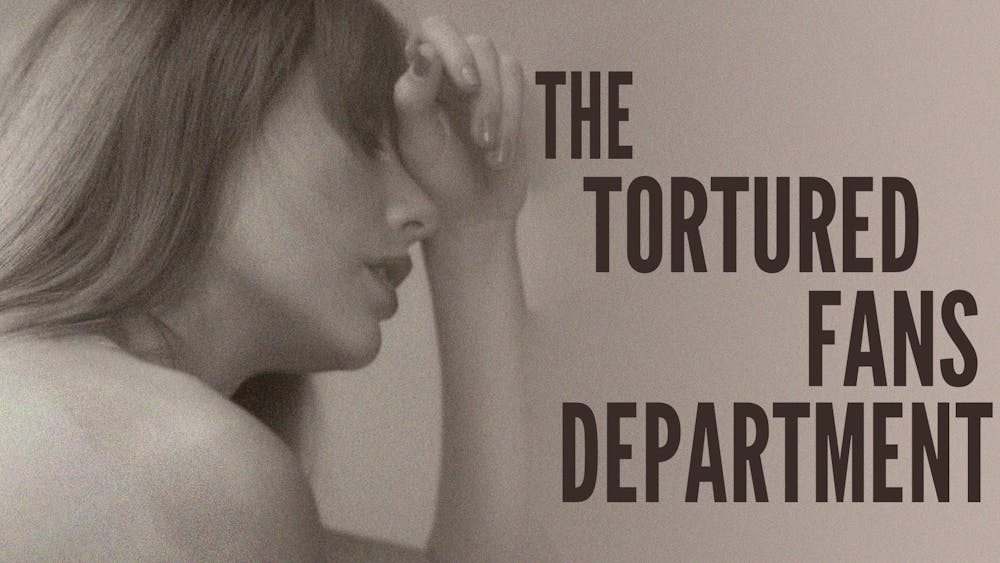Joining more well-known and mainstream films such as "The Social Network" and "Inception" in the running for numerous Golden Globes this year is the highly acclaimed and somewhat controversial ballet drama/thriller "Black Swan." Directed by Darren Aronofsky, known for similarly dark but praised films "Requiem for a Dream" and "The Wrestler," the always-exceptional Natalie Portman and impressive Mila Kunis star in a film that has left audiences both amazed and disturbed.
The visionary artistic direction of Aronofsky created a product that could be considered drama, thriller, suspense or even horror. One of the most obvious techniques of Aronofsky's film is the use of color and stark imagery to symbolically and physically represent the major themes and events the protagonist endures.

The plot and wardrobe intertwine unmistakably and intentionally. The audience compares the "White Swan," Natalie Portman, to the "Black Swan," Mila Kunis. Portman is often dressed in white as the embodiment of fragility, naivety, innocence and purity while Kunis — more often clothed in black — is meant to represent confidence, sexuality, power and indulgence. Creating unquestionable extremes sets the tone for the messy and distressing transformation from the pinks and whites of a ballerina's stuffed animal-filled room to the blacks and reds of the makeup, wardrobe and blood that come from the unpredictable, dangerous beauty of becoming the Black Swan. The director's astute use of lighting and mirrors to reinforce the transformation and draw attention to the contrasts that come with the doppelganger reality and dual-nature of humanity.
Imagery alone is not what makes "Black Swan" the masterpiece it is, however. While the artistic representations give greater meaning and significance to the story, the movement of the events as they unfold is what seems to have left many both amazed and abhorred. Occasionally using slightly shaky camera angles that follow closely behind the protagonist as she moves in seemingly unthreatening places leaves the audience on edge at all times. Employing techniques similar to what makes an effective horror movie; the audience is rarely given a rest as startling entrances, frightening masks and statues, dimly lit locations and dangerous and threatening characters seem to have found their way into every corner of the protagonist's world.
The terrifying and confusing spiral from pinks and whites to blacks and reds proves to be horrifying for the protagonist and audience alike as the threats are revealed to often be internal. Unsure of what reality is and what is the product of a more and more distressed, dysfunctional and dangerous mind, the chaotic transition between two identities and the quest for perfection some impossible place between them races onward with no secure end in sight.
This transformation of characters, movement of action and emotional roller coaster that results can be attributed just as much to the powerful score that accompanies the outstanding thespian performances, artful direction and commanding mise en scene. Clint Mansell, also composer of the score for "The Wrestler" and "Requiem for a Dream" brings yet another outstanding score to Aronofsky's films, charging the emotion to the very end.
Masterful in its very use of the fine arts — dance, music, art — Aronofsky creates a disturbing but beautifully effective look into the contradictions and pressures of the human mind.












